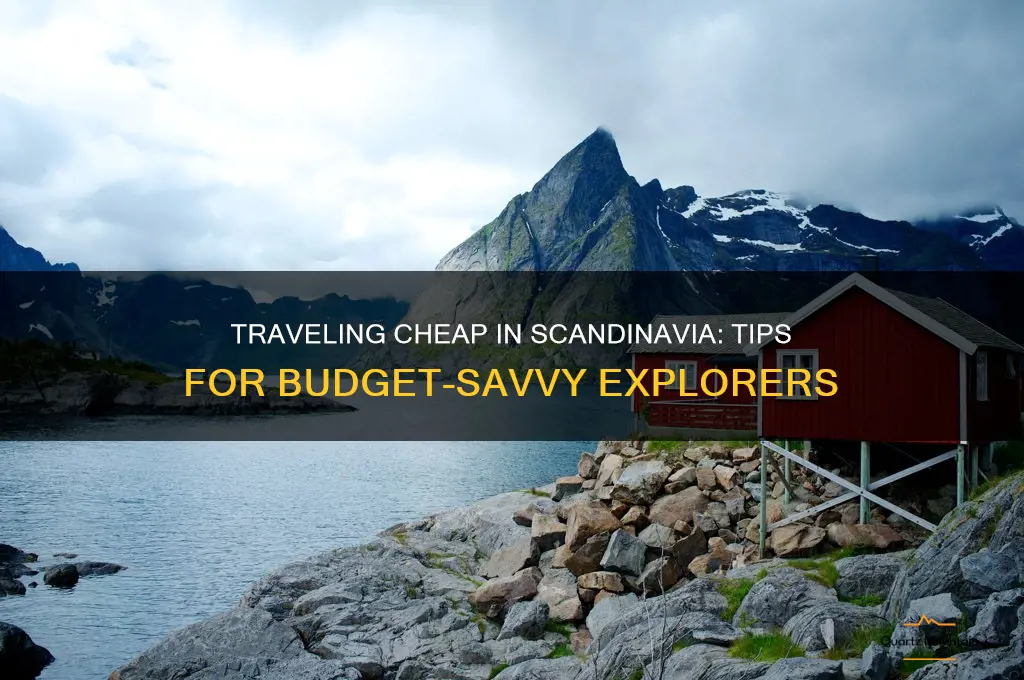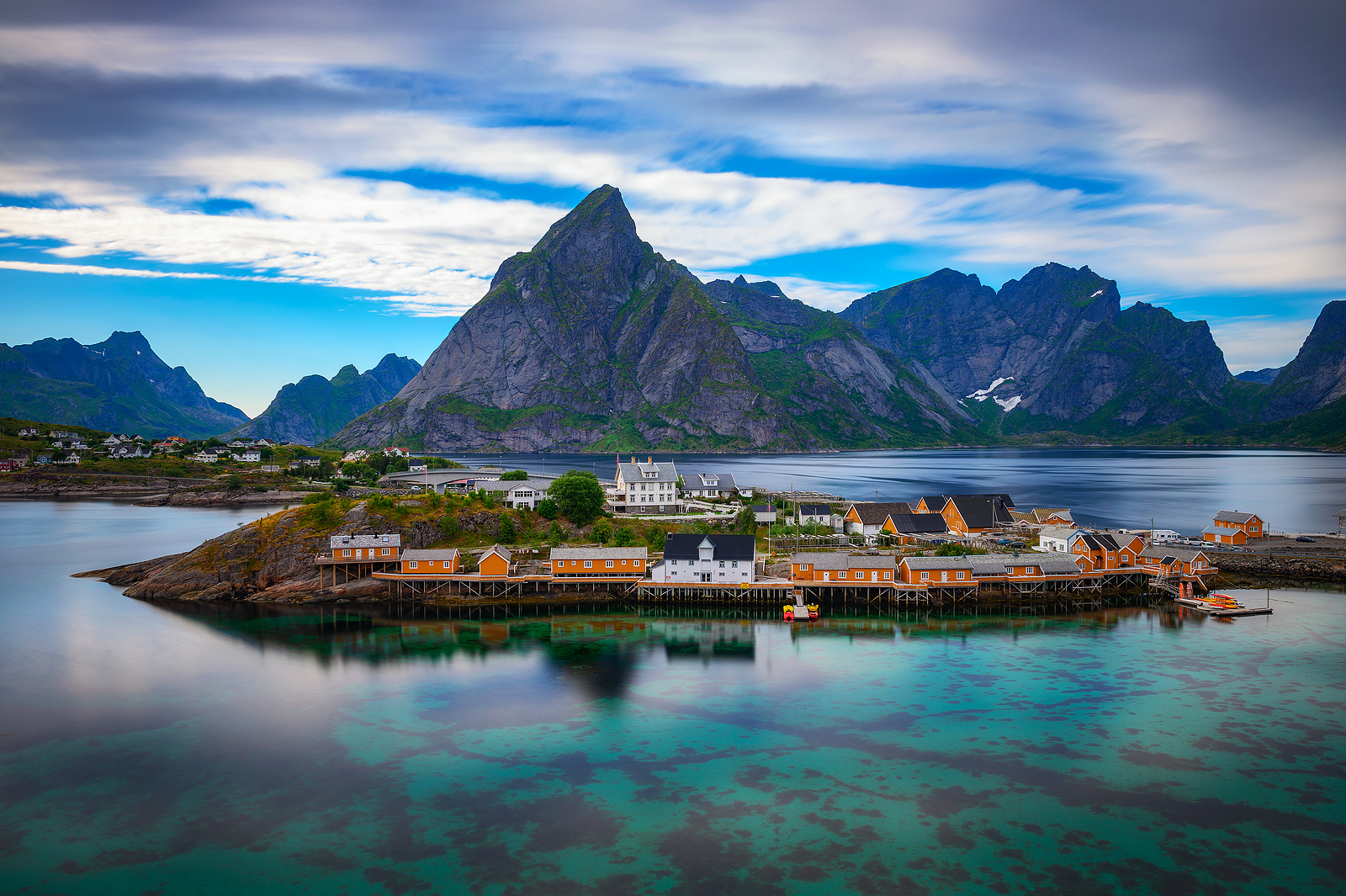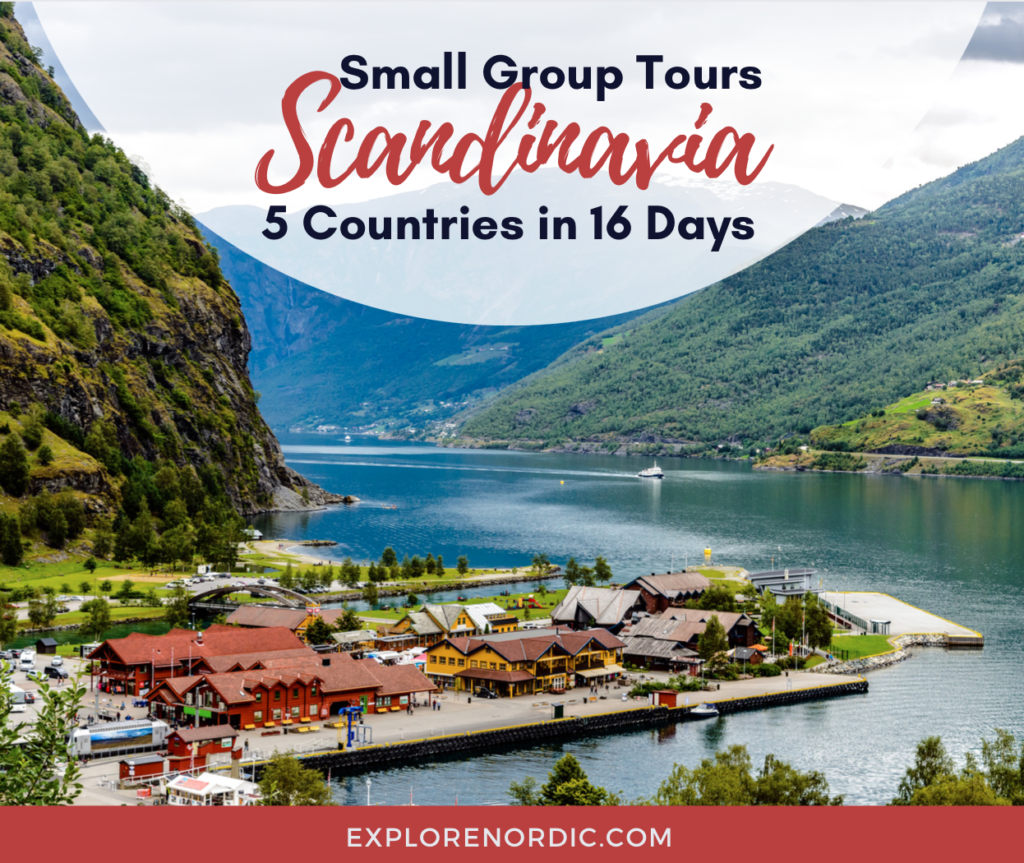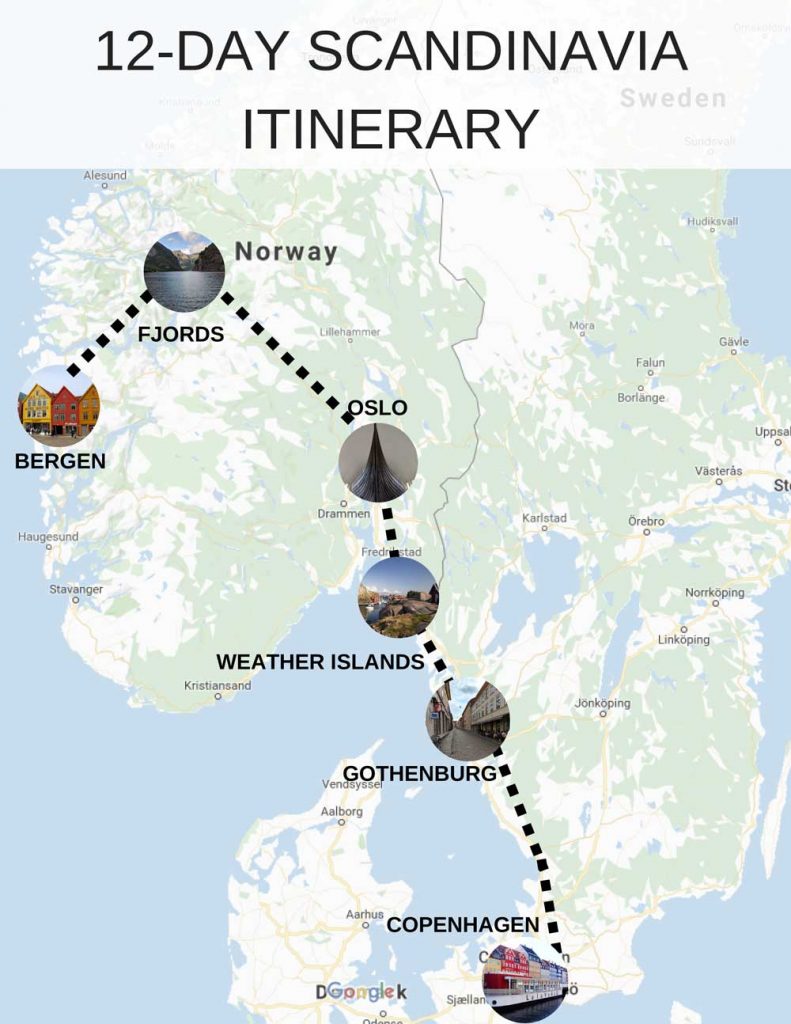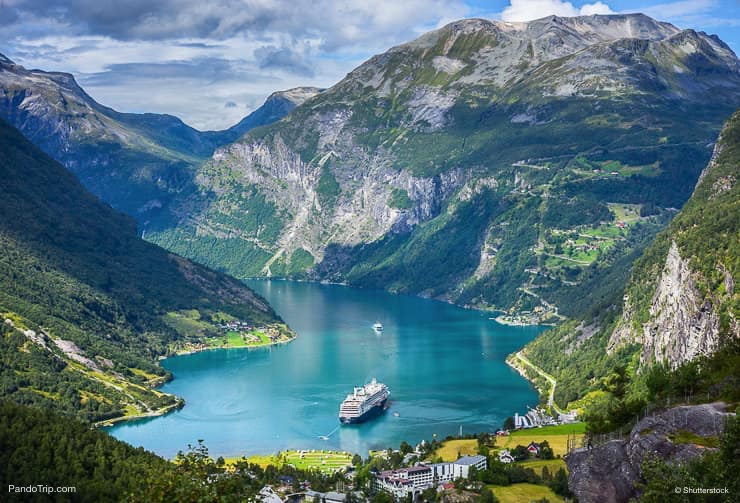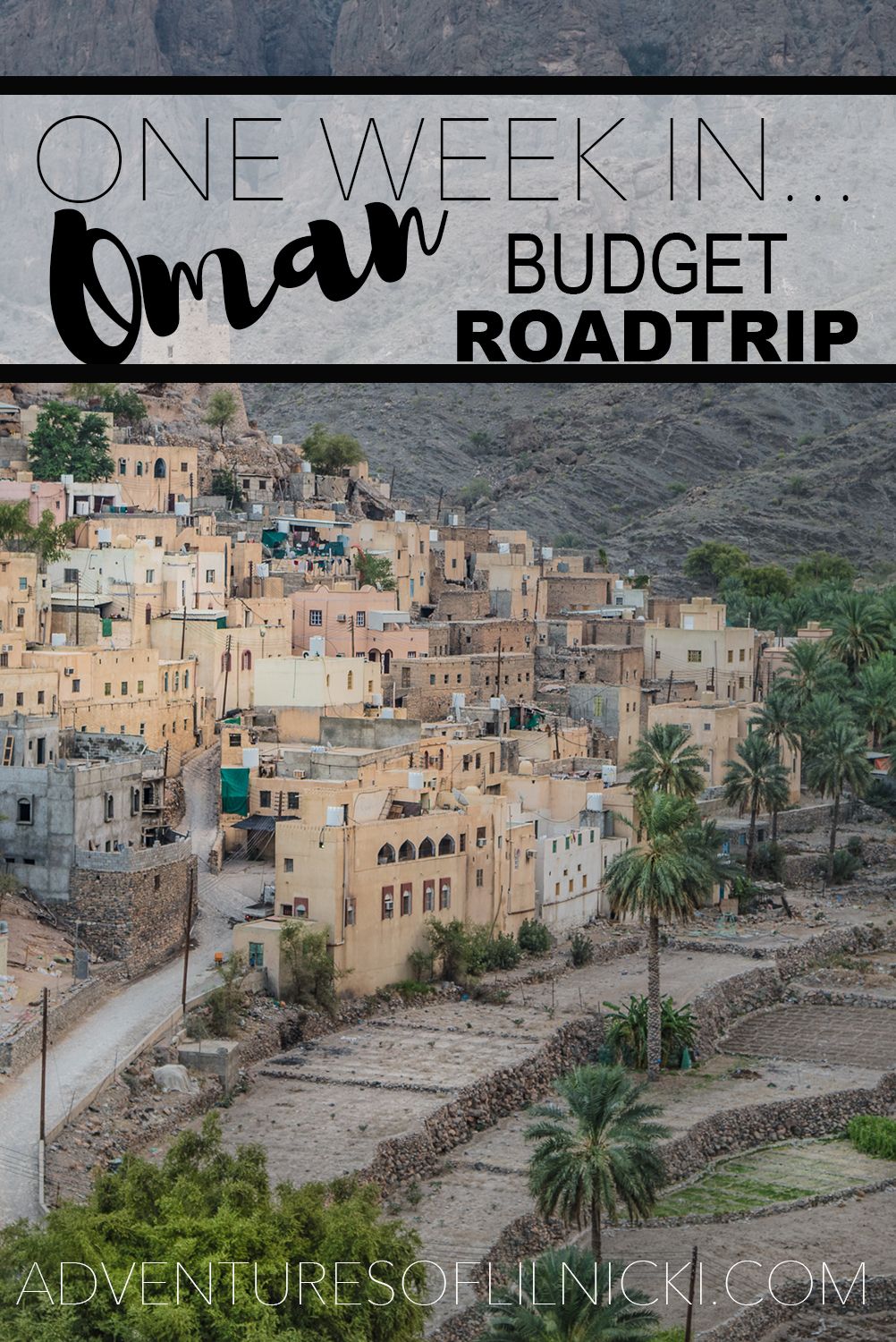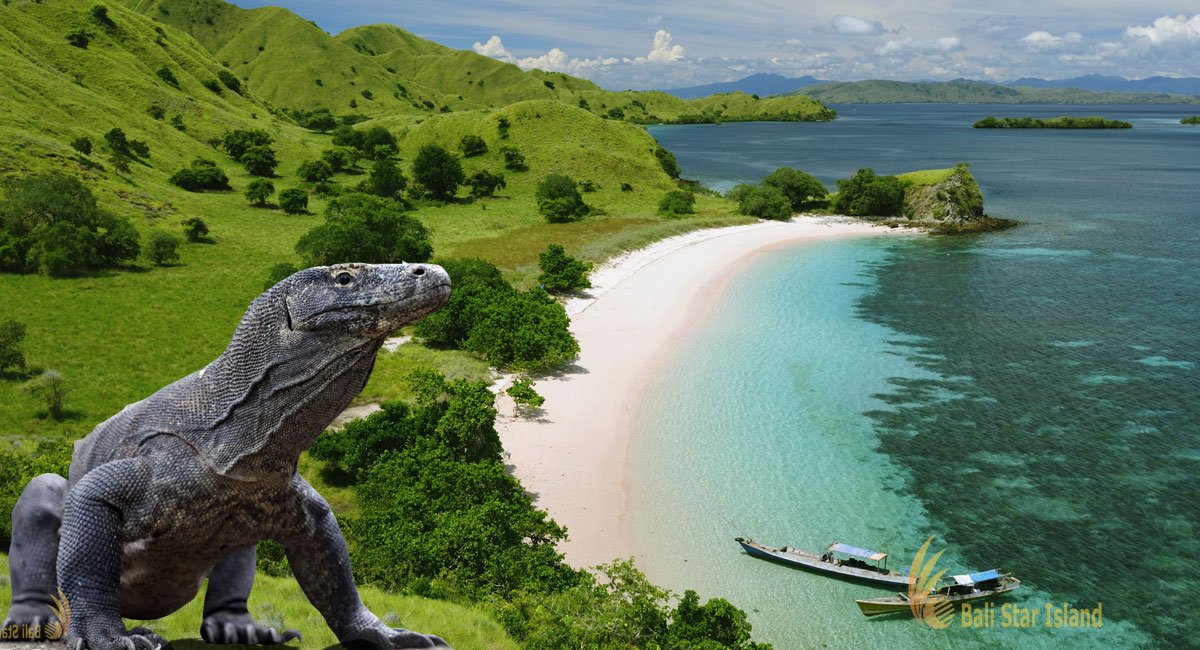
Komodo National Park, a UNESCO World Heritage site nestled in the heart of Indonesia’s Lesser Sunda Islands, is a place that ignites the imagination. It’s a land of ancient dragons, vibrant coral reefs, and landscapes so starkly beautiful they feel almost prehistoric. More than just a destination, it’s an expedition into a wild and untamed corner of our planet. Whether you dream of encountering the legendary Komodo dragon in its natural habitat, diving into some of the world’s most biodiverse waters, or simply basking in the raw, rugged beauty of its islands, Komodo National Park promises an unforgettable adventure.
This comprehensive guide will equip you with everything you need to plan your journey to this extraordinary destination, from understanding its rich history to navigating its logistics and savoring its unique flavors.
A Land Forged by Fire and Time: The History of Komodo National Park
Related Articles about Dragons, Diving, and Dramatic Landscapes: Your Ultimate Guide to Visiting Komodo National Park:
- Journey Through Time: A Comprehensive Guide to Visiting Stonehenge
- Aotearoa Unveiled: Your Comprehensive Travel Guide to New Zealand
- Istanbul: Where Continents Collide – A Comprehensive Travel Guide
- Norway: Where Fjords Kiss the Sky and History Echoes in the Mountains
- Your Ultimate Guide to Vietnam: A Journey Through History, Culture, and Culinary Delights
The story of Komodo National Park is as dramatic as its scenery. The islands themselves are volcanic in origin, a testament to the powerful geological forces that shaped this archipelago. The most famous inhabitant, the Komodo dragon (Varanus komodoensis), has roamed these lands for millions of years. These formidable reptiles, the largest living lizards on Earth, are the direct descendants of ancient monitor lizards that survived the extinction events that wiped out many other species. Their unique evolutionary path has made them a living relic, a window into a bygone era.
For centuries, the islands were largely inhabited by indigenous communities, primarily the Manggarai people on Flores and the Bajau Laut (Sea Gypsies) who traditionally navigated these waters. The existence of the Komodo dragon was known to these local populations, who often incorporated the creatures into their folklore and traditions.
The formal recognition of Komodo’s ecological significance began to take shape in the early 20th century. In 1915, the Dutch colonial government established an animal sanctuary on Komodo Island, acknowledging the need to protect the dragon. However, it wasn’t until 1980 that the Indonesian government officially declared Komodo National Park, encompassing Komodo, Rinca, and Padar islands, along with several smaller islets. This designation was crucial for its conservation, aiming to protect not only the Komodo dragon but also its diverse ecosystem, including marine life and endemic flora.
In 1991, Komodo National Park was recognized by UNESCO as a World Heritage Site, a testament to its outstanding universal value and its commitment to conservation. This recognition has further boosted its global profile, attracting scientists, conservationists, and intrepid travelers eager to witness its wonders. Today, the park continues its vital role in preserving this unique natural heritage, balancing the needs of conservation with the growing interest in ecotourism.
Main Attractions: A Tapestry of Natural Wonders
Komodo National Park offers a diverse range of experiences, catering to adventurers, nature lovers, and those seeking a glimpse into the raw power of nature.
-
Encountering the Komodo Dragon: The undisputed star of the show. These magnificent creatures can be found on Komodo and Rinca Islands. Park rangers, equipped with long sticks, will guide you on designated trails, ensuring your safety while allowing for close observation of these apex predators. Witnessing a Komodo dragon in its natural habitat – basking in the sun, hunting, or interacting with its young – is a truly awe-inspiring experience. Rinca Island is often considered easier for dragon spotting due to its more open terrain, while Komodo Island offers a slightly more challenging and potentially more rewarding experience.
-
Diving and Snorkeling Paradise: The waters surrounding Komodo are a diver’s dream. The park boasts an incredible array of marine life, from vibrant coral gardens teeming with colorful fish to majestic manta rays, sharks, and a plethora of other pelagic species. The currents in this region contribute to nutrient-rich waters, fostering exceptional biodiversity. Popular dive sites include Manta Point (a cleaning station for manta rays), Batu Bolong (known for its abundant coral and fish life), and Castle Rock (offering drift dives with chances to see larger marine creatures). Even for snorkelers, the shallow reefs offer a spectacular display of underwater beauty.
-
Padar Island’s Iconic Viewpoint: Arguably the most photographed spot in the park, the summit of Padar Island offers a breathtaking panoramic vista. A hike to the top rewards you with views of three distinct bays, each with its own unique colored sand – white, black, and pink. The undulating hills and the turquoise ocean create a landscape that is both dramatic and incredibly beautiful.
-
Pink Beach (Pantai Merah): True to its name, this unique beach gets its rosy hue from the crushed red coral fragments mixed with white sand. It’s a picturesque spot for swimming, snorkeling, and simply relaxing amidst the vibrant colors of nature.
-
Kelor Island: A smaller island offering excellent snorkeling opportunities and a charming lighthouse that provides another scenic viewpoint. It’s often a stop for boat tours, offering a chance to relax and enjoy the clear waters.
-
Taka Makassar: A tiny, uninhabited sandbar that emerges from the ocean at low tide. It’s a surreal and beautiful place to walk, swim, and appreciate the vastness of the sea.
Travel Tips: Navigating Your Komodo Adventure
Planning a trip to Komodo requires a bit of foresight, but the rewards are immense.
-
Getting There: The primary gateway to Komodo National Park is Labuan Bajo, a bustling harbor town on the western tip of Flores Island. You can reach Labuan Bajo via domestic flights from major Indonesian cities like Jakarta, Bali, and Surabaya.
-
Choosing Your Tour: The vast majority of visitors experience Komodo National Park via boat tours. These range from day trips to multi-day liveaboard adventures.
- Day Trips: Ideal for those with limited time, these tours typically cover a few key highlights like Rinca Island, Padar Island, and Pink Beach.
- Overnight/Multi-Day Tours: These offer a more immersive experience, allowing you to explore more remote islands, dive/snorkel at multiple sites, and witness breathtaking sunsets and sunrises over the archipelago. Liveaboard options provide comfortable accommodation and meals on board, maximizing your time in the park.
- Private Charters: For ultimate flexibility and a personalized experience, consider chartering a private boat. This allows you to customize your itinerary and pace.
-
Booking in Advance: Especially during peak season, it’s highly recommended to book your tours and accommodation in advance. This is particularly true for popular liveaboard options.
-
What to Pack:
- Sun Protection: High SPF sunscreen, a wide-brimmed hat, sunglasses, and a rash guard are essential.
- Lightweight Clothing: Breathable fabrics like cotton and linen are best for the tropical climate.
- Swimwear: You’ll be spending a lot of time in the water.
- Comfortable Walking Shoes/Sandals: For exploring islands and hiking to viewpoints.
- Insect Repellent: Especially for evenings.
- Camera and Waterproof Bag: To capture the incredible sights and protect your electronics.
- Reusable Water Bottle: To minimize plastic waste.
- Basic First-Aid Kit: For minor cuts and scrapes.
- Motion Sickness Medication: If you’re prone to seasickness.
-
Park Entrance Fees: Komodo National Park has an entrance fee that contributes to conservation efforts. These fees can vary and are typically paid in Indonesian Rupiah (IDR).
-
Respect the Wildlife: Always maintain a safe distance from Komodo dragons. Never feed them or attempt to touch them. Listen to your guide’s instructions at all times. When diving or snorkeling, avoid touching coral and marine life.
-
Stay Hydrated: The tropical sun can be intense. Drink plenty of water throughout the day.
-
Cash is King: While some larger establishments in Labuan Bajo may accept cards, many smaller businesses and boat tour operators prefer cash. Ensure you have enough IDR on hand.
Best Time to Visit: Embracing the Komodo Seasons
Komodo National Park experiences two main seasons, each offering a slightly different experience:
-
Dry Season (April to November): This is generally considered the best time to visit Komodo National Park. The weather is typically sunny with minimal rainfall, making it ideal for outdoor activities, hiking, and water sports. Visibility for diving and snorkeling is often at its peak during this period. The seas are usually calmer, leading to more comfortable boat journeys.
-
Wet Season (December to March): While this is the rainy season, it doesn’t mean constant downpours. You can still expect sunny periods, but there will be more frequent and sometimes heavier rain showers. The landscape becomes greener and more lush. Diving conditions can be slightly more challenging due to potential rougher seas and reduced visibility in some areas. However, this season can offer fewer crowds and potentially lower prices.
Shoulder Seasons (April-May and September-October): These months often offer a good balance of favorable weather and fewer crowds, making them excellent choices for a visit.
Nearby Hotels: Resting Your Head After Dragon-Sized Adventures
Labuan Bajo is the primary hub for accommodation, offering a range of options to suit different budgets and preferences.
-
Budget-Friendly Hostels and Guesthouses: Labuan Bajo has a growing number of hostels and guesthouses that provide clean and comfortable basic accommodation. These are great for solo travelers and those looking to save money.
- Examples: La Boheme Guesthouse, Bajo Nature Hostel, Sea World Club.
-
Mid-Range Hotels: You’ll find a good selection of mid-range hotels offering more amenities like air conditioning, private bathrooms, and sometimes swimming pools.
- Examples: Puri Sari Beach Hotel, AYANA Komodo Waecicu Beach (higher end of mid-range), Sudamala Resort, Seraya.
-
Luxury Resorts: For a more indulgent experience, Labuan Bajo and its surrounding islands offer luxurious resorts with stunning views, private villas, and exceptional service.
- Examples: AYANA Komodo Waecicu Beach (full luxury), Plataran Komodo Beach Resort, Seraya Resort (on Seraya Island, a short boat ride from Labuan Bajo).
-
Liveaboard Boats: For the ultimate immersive experience, consider staying on a liveaboard boat for your entire trip. These offer cabins ranging from basic to luxurious, with all meals and guided excursions included.
Local Food: A Taste of Flores and Beyond
Indonesian cuisine is renowned for its diverse flavors, and the culinary scene in Labuan Bajo and surrounding areas is no exception.
- Seafood: Given its coastal location, fresh seafood is a must-try. Grilled fish, calamari, and prawns are commonly found on menus and are often prepared with local spices and sambal (chili paste).
- Nasi Goreng and Mie Goreng: These classic Indonesian fried rice and fried noodle dishes are staple comfort foods and are readily available everywhere.
- Satay: Skewered and grilled meat (chicken, beef, or lamb) served with a peanut sauce is a popular and delicious option.
- Gado-Gado: A healthy and flavorful vegetarian dish consisting of steamed vegetables, tofu, and hard-boiled eggs, all dressed in a rich peanut sauce.
- Ikan Bakar (Grilled Fish): A simple yet incredibly satisfying dish, often marinated in turmeric and spices before grilling.
- Sambal: The ubiquitous chili paste that adds a kick to almost any Indonesian dish. Be mindful of your spice tolerance!
- Fresh Tropical Fruits: Enjoy an abundance of delicious fruits like mangoes, papayas, bananas, and dragon fruit.
Where to Eat:
- Local Warungs: Small, informal eateries that offer authentic and affordable Indonesian dishes.
- Restaurants in Labuan Bajo: The town has a wide array of restaurants catering to various tastes, from local cuisine to Western and fusion dishes.
- On Your Boat Tour: Most boat tours include meals prepared by the onboard chef, offering a taste of local flavors.
Transportation Options: Getting Around the Archipelago
- Flights: As mentioned, flights are the primary way to reach Labuan Bajo from other major Indonesian cities.
- Boat Tours (The Main Mode of Transport): This is the quintessential way to explore Komodo National Park. As detailed earlier, options range from day trips to multi-day liveaboards.
- Speedboats: For day trips from Labuan Bajo, speedboats are a common option, allowing for quicker transit between islands.
- Phinisi Schooners: Traditional wooden sailing boats that are popular for multi-day tours, offering a charming and classic way to experience the park.
- Local Ferries: While not ideal for tourists aiming for efficiency, local ferries connect some of the islands for residents.
- Motorbike/Car Rental (in Labuan Bajo): If you plan to explore the immediate surroundings of Labuan Bajo before or after your boat trip, you can rent motorbikes or cars. However, these are not used for park exploration.
In Conclusion:
Visiting Komodo National Park is an adventure that transcends the ordinary. It’s a journey into a realm where nature reigns supreme, where ancient creatures roam, and where the earth’s raw beauty is on full display. By understanding its history, planning your itinerary wisely, and embracing the spirit of adventure, you’ll unlock the magic of this extraordinary destination. From the awe-inspiring sight of a Komodo dragon to the vibrant underwater world and the dramatic landscapes, Komodo National Park promises an experience that will stay with you long after you’ve returned home. So, pack your bags, open your mind, and prepare to be captivated by the wonders of this Indonesian jewel.

